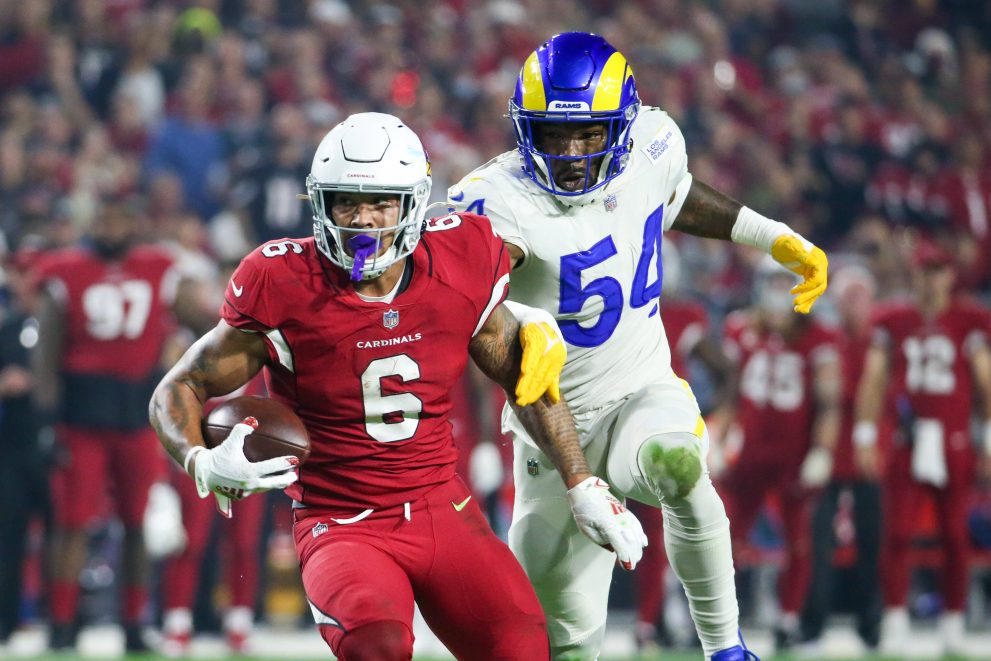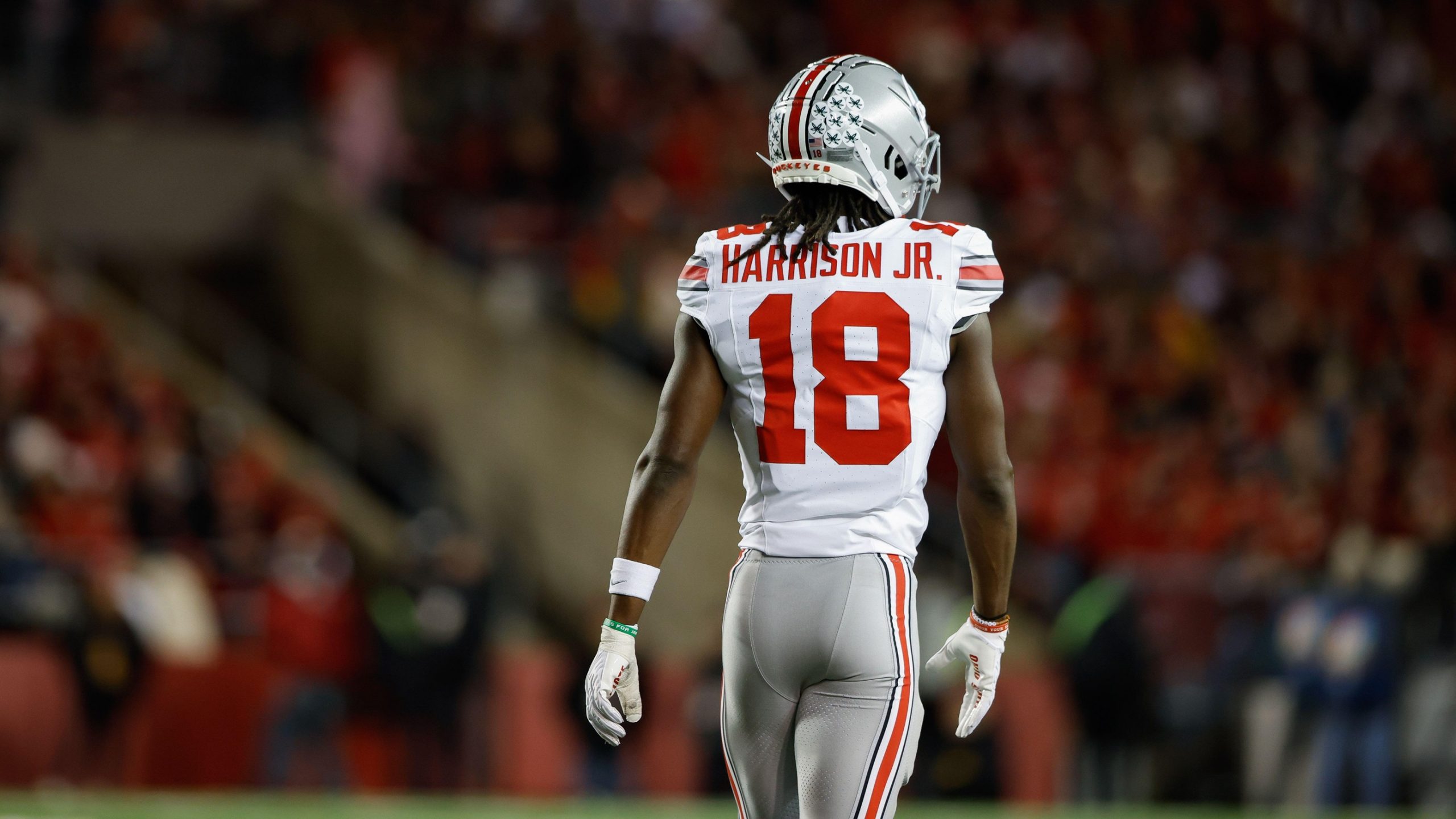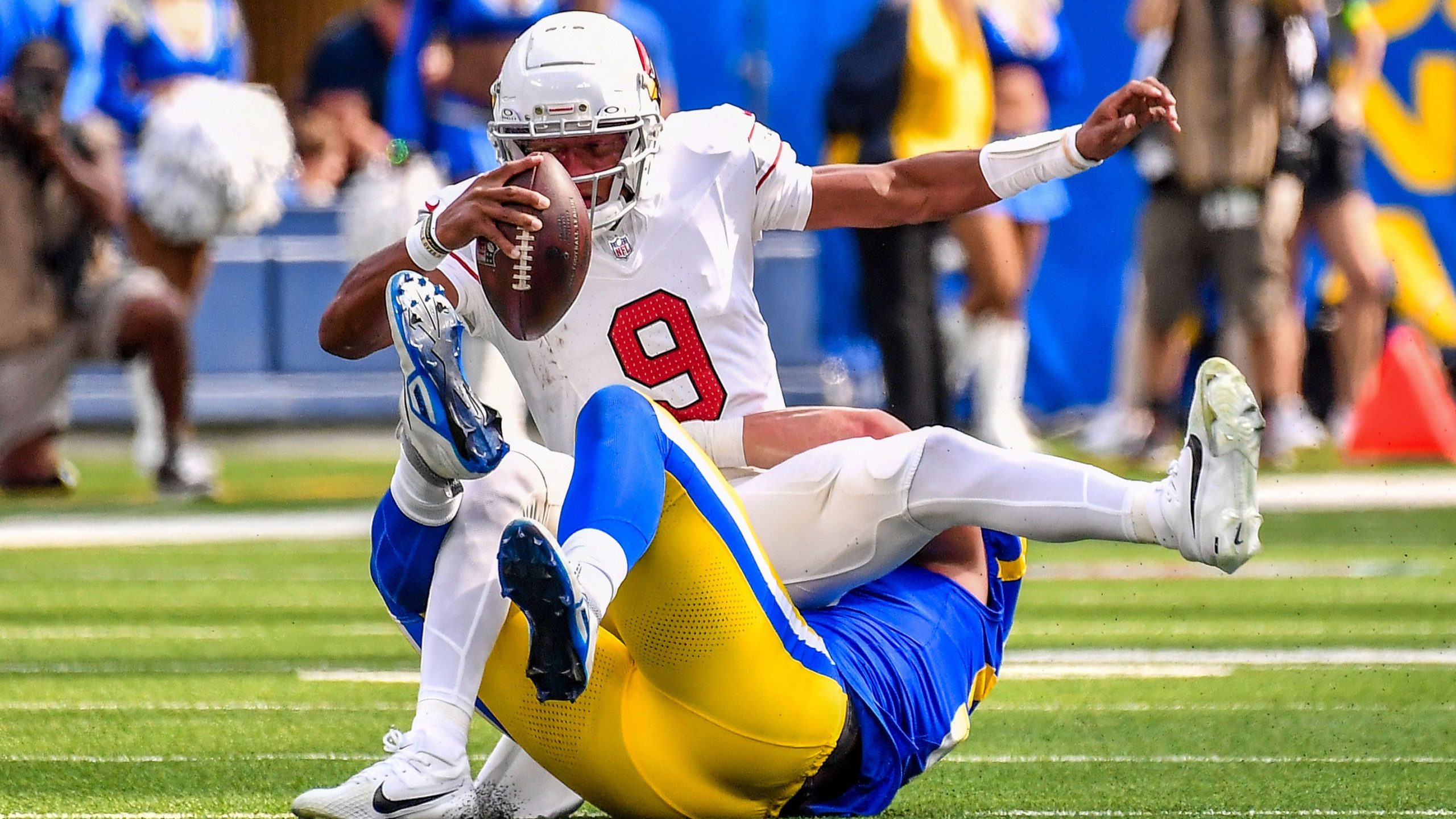The Arizona Cardinals are no strangers to impressive running back performances.
In 2016, David Johnson looked like one of the most dynamic players in the NFL when he accumulated 1,239 rushing and 879 receiving yards while totaling 20 touchdowns.
In 2019, Kenyan Drake joined Arizona following a midseason trade and rushed for 643 yards and eight touchdowns in eight games, averaging a robust 5.2 yards per carry.
General Manager Steve Keim rewarded both for their play soon after those seasons. Johnson received a three-year, $39 million contract in 2018 and Drake signed a one-year, $8.5 million deal in 2020.
But as is often the case with running backs, neither came close to duplicating such gaudy stats again, as the contracts proved to be poor decisions.
RBs with 20 TDs in a season over the past 10 years…
• Jonathan Taylor (2021)
• Alvin Kamara (2020)
• Todd Gurley (2018)
• David Johnson (2016)— NFL Stats (@NFL_Stats) January 2, 2022
Those blunders are a good reminder that it is almost always better to exercise caution when a running back has an outlier season, which happened again in Arizona in 2021.
James Conner signed a team-friendly one-year, $1.75 million deal in free agency last year and outplayed the contract. He rushed for 752 yards and 15 touchdowns while adding more in the passing game than expected.
He was also very good in pass protection, and it all added up to a Pro Bowl selection for Conner.
Naturally, the 26-year-old will want to get paid this offseason, but if Arizona goes above $3 million per year they will be dipping into resources that could be better allocated elsewhere.
Conner scored a bunch of touchdowns, and his goal-line ability should not be overlooked, but it’s not the type of thing that will automatically be replicated in 2022.
Conner only had 10 rushing touchdowns the previous two years combined, as much of that total is often dependent on game situations that are out of the running back’s control.
Sounds like RB James Conner could command $6+ million per season in his next contract.
No idea if the Cardinals would be willing to go that high.
Conner’s base in 2021 was just under $2 million.
— Johnny Venerable (@JohnnyVenerable) March 5, 2022
And while Conner showed it’s good to have a big running back for short-yardage situations, those players can be found for cheap in the open market.
If he had also proven to be a dynamic player in the middle of the field, this would be a different conversation, but that wasn’t the case. Conner averaged 3.7 yards per carry in 2021, which was 45th among 53 qualified ball-carriers.
Teammate Chase Edmonds, whose contract is also expiring but is regularly listed behind Conner on the list of most coveted free agents, averaged 5.0 yards per carry.
Yards per carry is not always the most trustworthy metric, because some of it can be tied to the play of the run-blockers tasked with creating holes for the running back.
NextGenStats has done a nice job of cutting through that issue by creating the Yards Per Expectation metric, which helps explain whether running backs outperform or underperform the yards they should get on each carry.
Conner was below average in 2021, compiling 0.28 fewer yards per carry than expected last year, which was the 10th-worst mark in the NFL. In contrast, Edmonds averaged 0.56 more yards per carry than expected, which was eight-best in the league.
It’s only one metric and isn’t the be-all, end-all, but it’s a reminder that Conner’s season wasn’t quite as impressive as it looked on the surface.
There is a fair amount of recency bias in free agency, as teams tend to reward players who looked the best down the stretch.
However, it’s better to consider a player’s overall body of work. Conner has the same strengths and weaknesses he did a year ago, when he lingered on the open market for several weeks before landing with Arizona.
Conner is a nice player, but one whose productivity can be replicated by someone else at a low cost.
The Cardinals bought high on Johnson and Drake, and ended up paying for those mistakes. With so many needs and so little salary cap space this offseason, Keim has to nail his free agency decisions, and that likely means letting Conner go and finding a more affordable option at running back.







